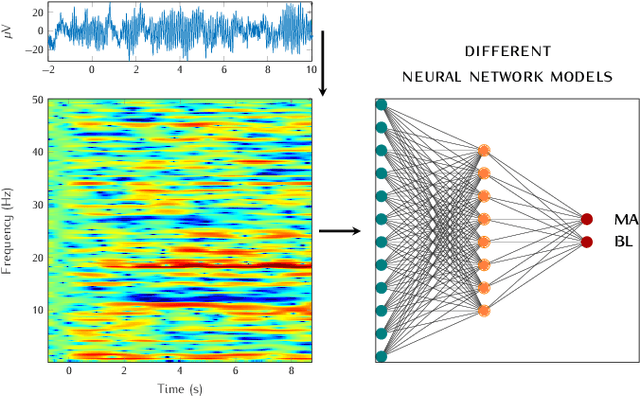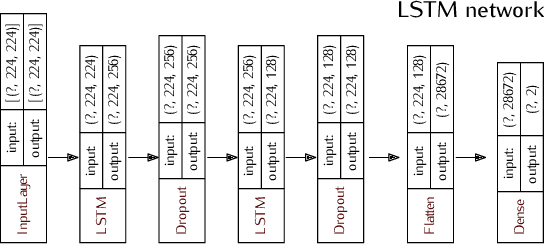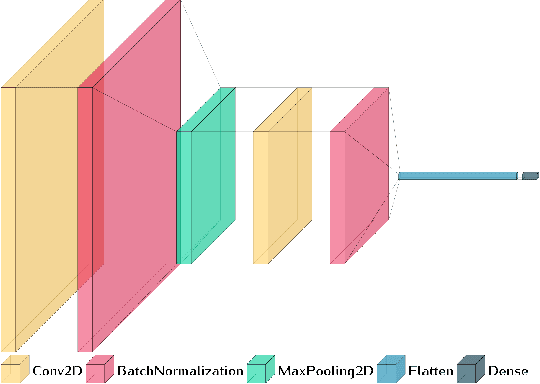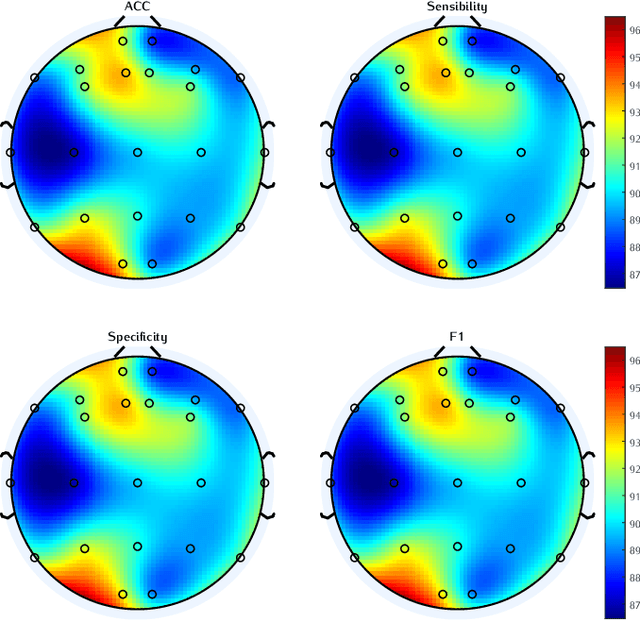Stephane Perrey
Mental arithmetic task classification with convolutional neural network based on spectral-temporal features from EEG
Sep 26, 2022



Abstract:In recent years, neuroscientists have been interested to the development of brain-computer interface (BCI) devices. Patients with motor disorders may benefit from BCIs as a means of communication and for the restoration of motor functions. Electroencephalography (EEG) is one of most used for evaluating the neuronal activity. In many computer vision applications, deep neural networks (DNN) show significant advantages. Towards to ultimate usage of DNN, we present here a shallow neural network that uses mainly two convolutional neural network (CNN) layers, with relatively few parameters and fast to learn spectral-temporal features from EEG. We compared this models to three other neural network models with different depths applied to a mental arithmetic task using eye-closed state adapted for patients suffering from motor disorders and a decline in visual functions. Experimental results showed that the shallow CNN model outperformed all the other models and achieved the highest classification accuracy of 90.68%. It's also more robust to deal with cross-subject classification issues: only 3% standard deviation of accuracy instead of 15.6% from conventional method.
 Add to Chrome
Add to Chrome Add to Firefox
Add to Firefox Add to Edge
Add to Edge